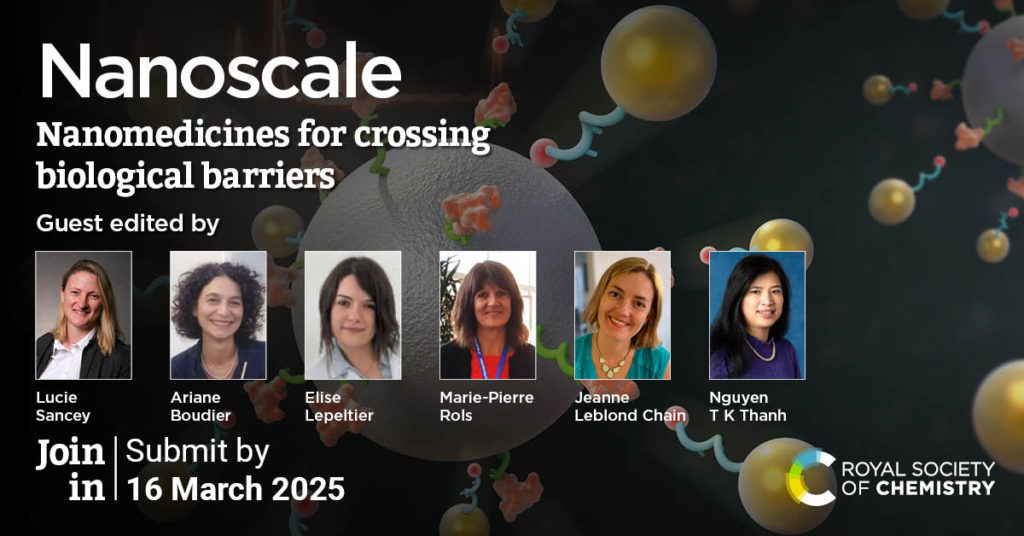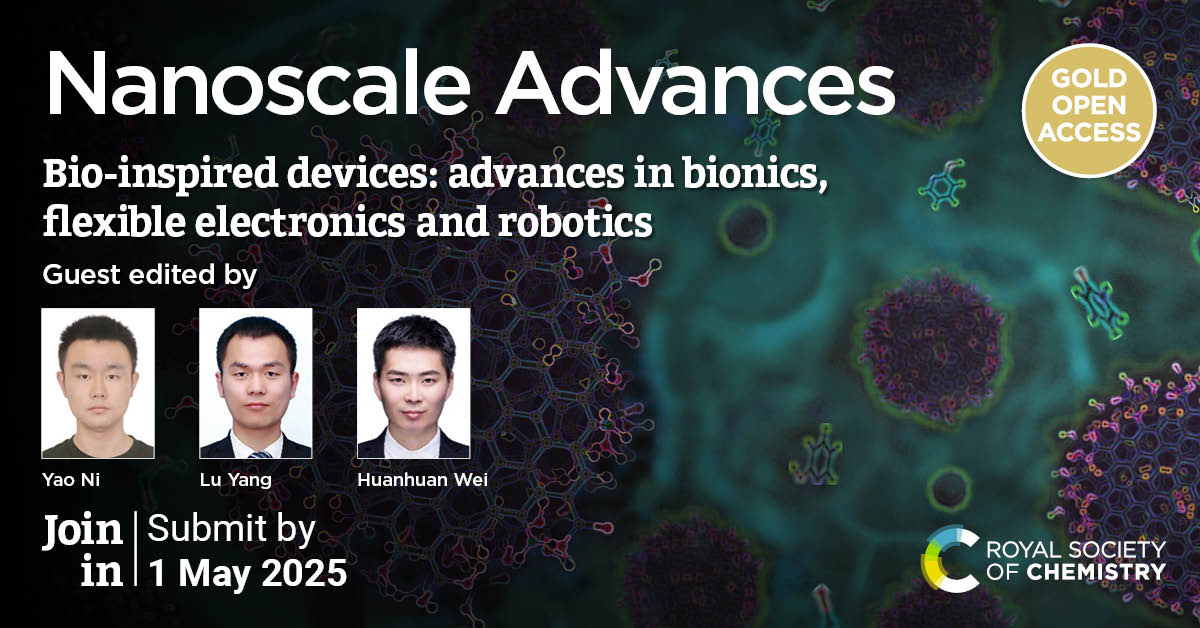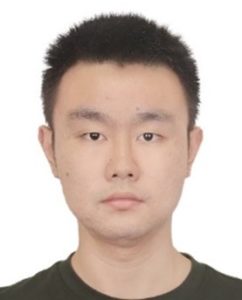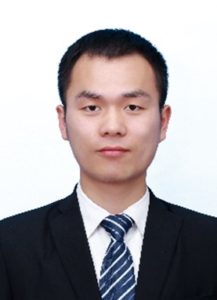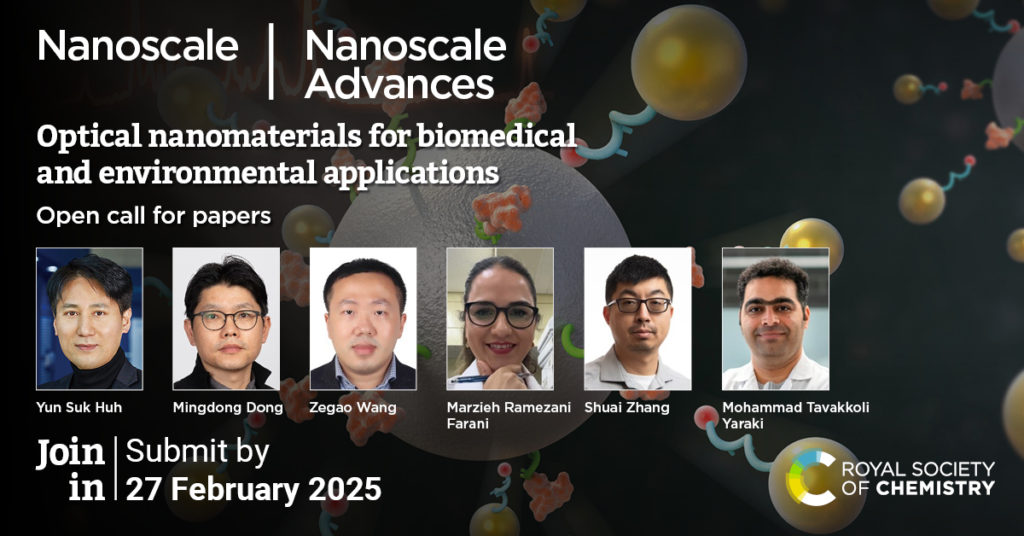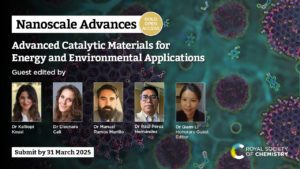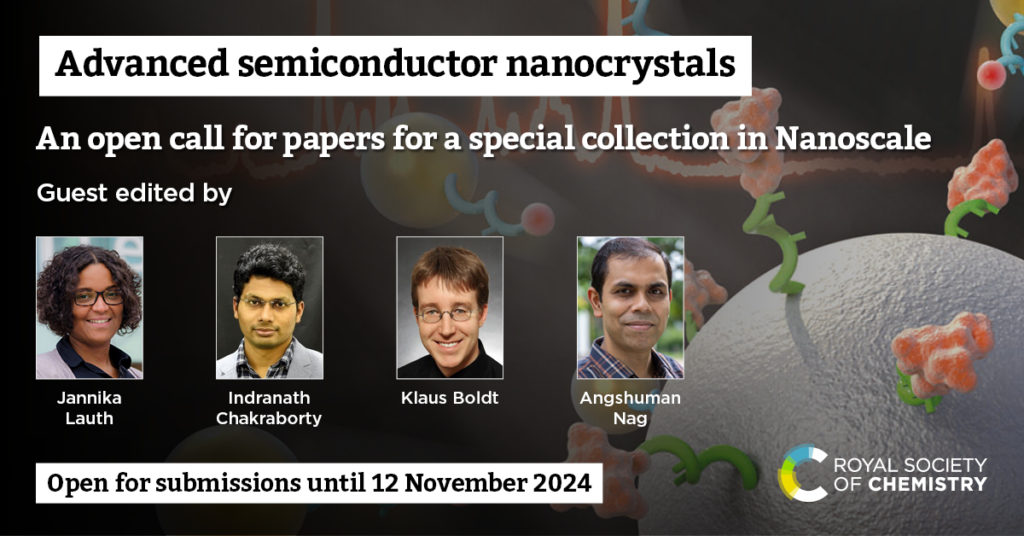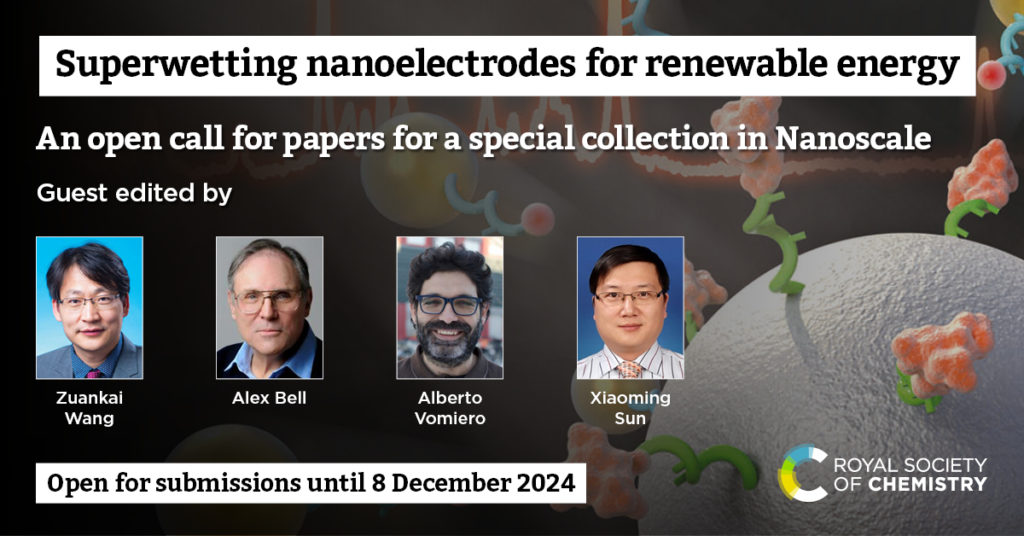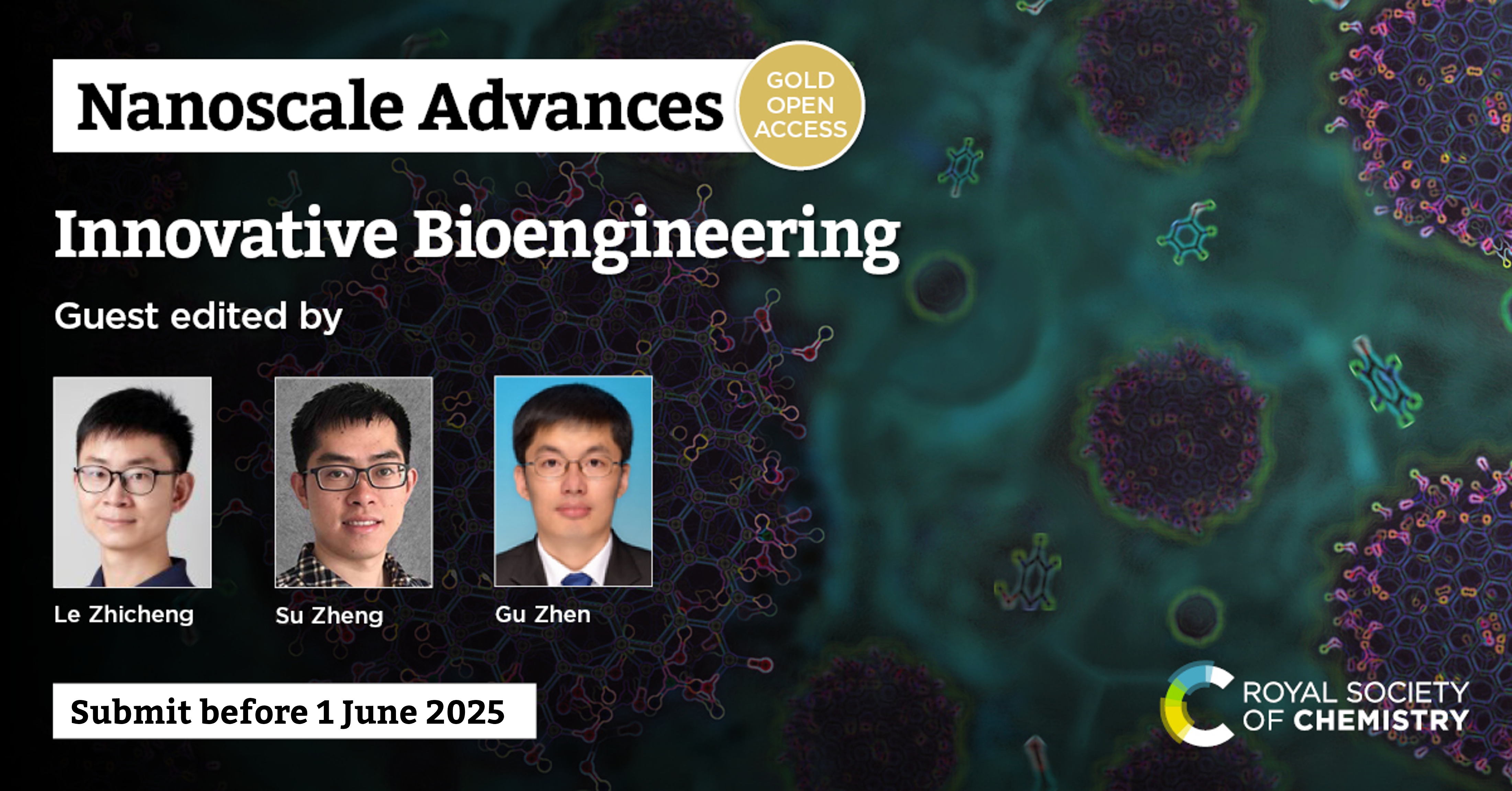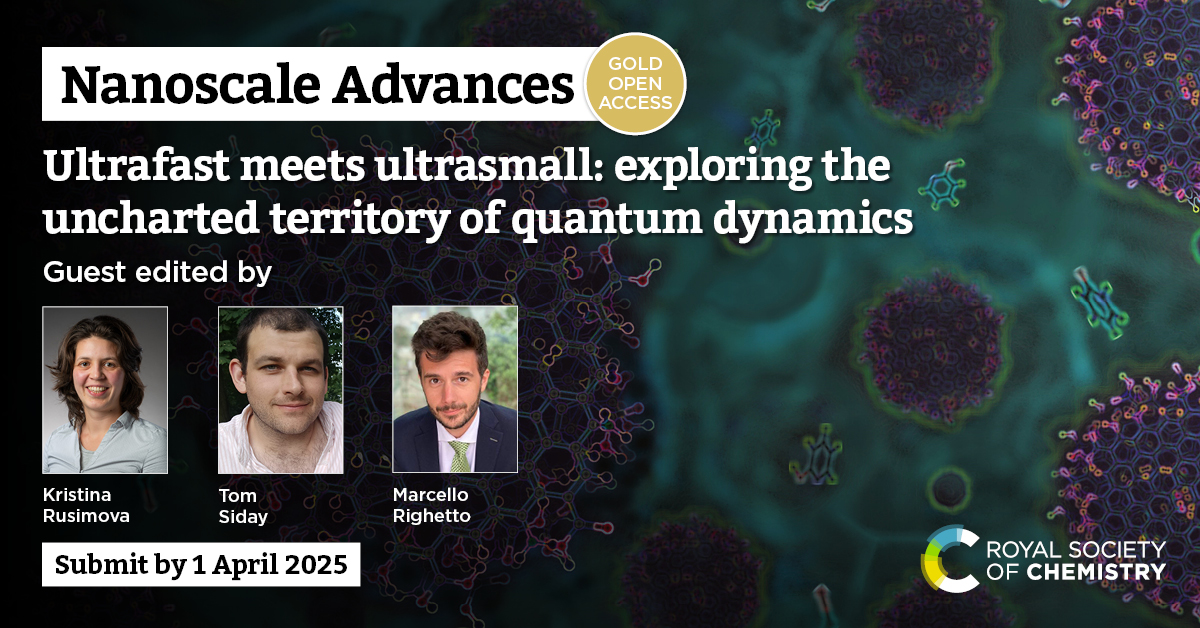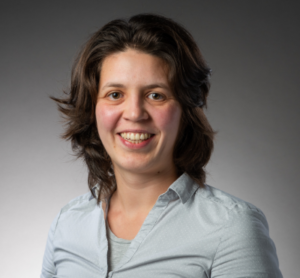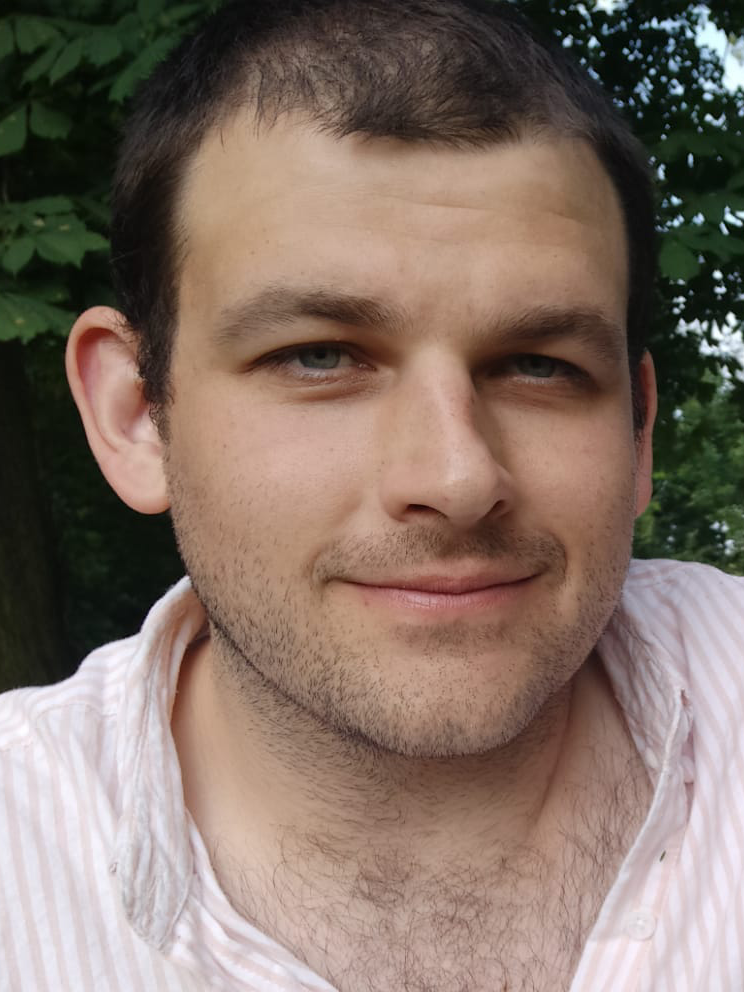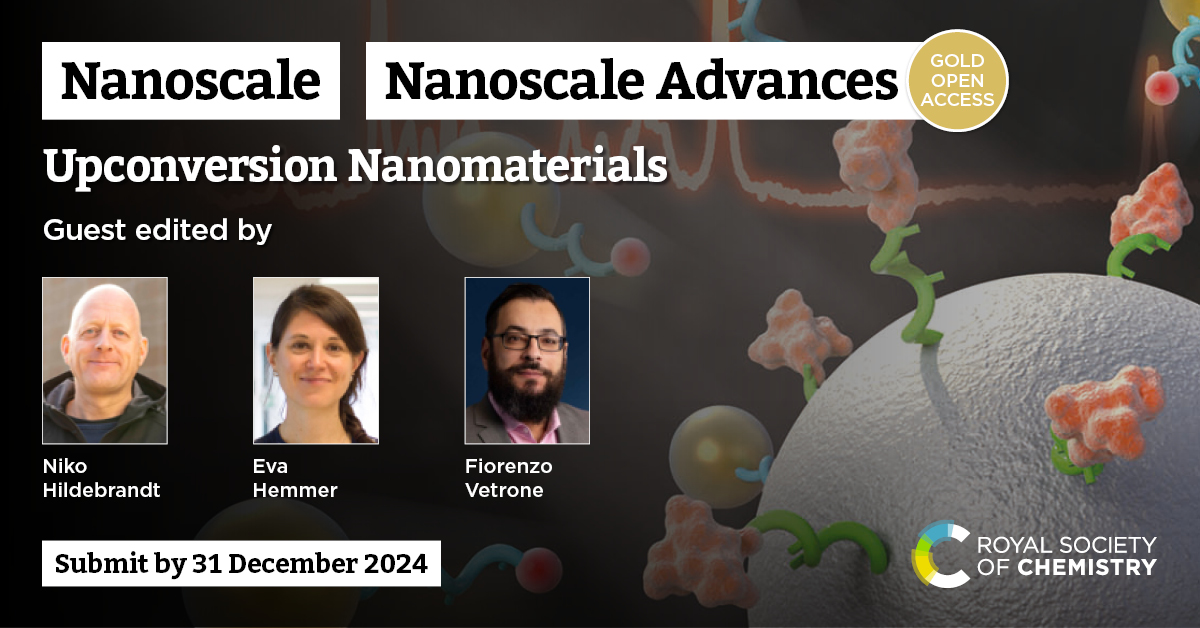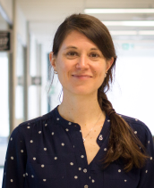We are delighted to announce an open call for papers for our new themed collection focusing on Carbon nanoarchitectonics: nanoscale structural control for advanced applications in energy, environment and bio.
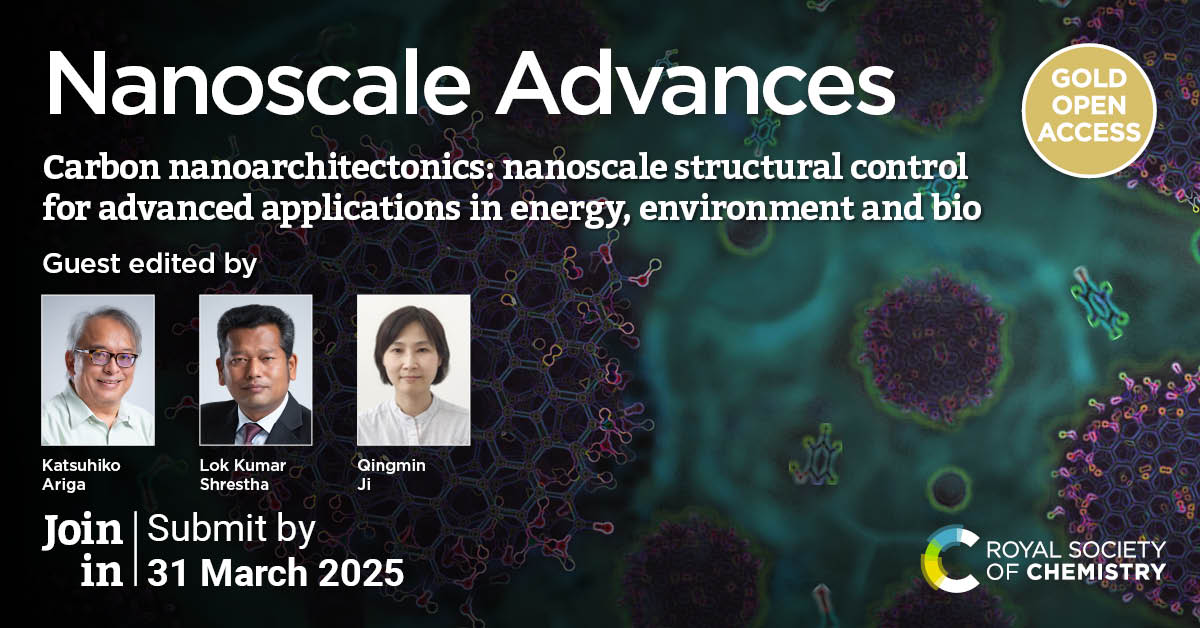
Nanotechnology has created various new possibilities for materials science, with nanoarchitectonics helping bridge the gap between nanoscale structures and functional materials. Carbon nanoarchitectonics grants access to a wide range of functional materials based on carbon allotropes, with increasingly widespread use in energy, environment and bio-related applications. This themed collection broadly focuses on carbon nanoarchitectonics, including (but not limited to):
• Biomass carbon for advanced functions
• Nanocarbons for battery applications
• Nanocarbons for supercapacitors and energy storage
• Nanocarbons for energy production (e.g., fuel cells, solar cells)
• Nanocarbons for sensing
• Nanocarbons for environmental remediation
• Nanocarbons for biomedicine
• New synthesis strategies for nanoarchitectured functional carbons
• New characterization strategies for nanoarchitectured functional carbons
• Theoretical and physical research of nanoarchitectured carbons
Submit before 31 March 2025
If you are interested in contributing to this collection, please get in touch with the Editorial Office (nanoscaleadvances-rsc@rsc.org).
Nanoscale Advances publishes quality research across the breadth of nanoscience and nanotechnology. It has an impact factor of 4.6 (Journal Citation Reports 2023, Clarivate Analytics).
Please note that article processing charges apply to all accepted articles submitted to Nanoscale Advances unless you have an institutional agreement with the RSC that covers publication in our gold open access journals or if you are eligible for a waiver. More information about charges, discounts, and waivers are available here. Corresponding authors who are not already members of the Royal Society of Chemistry are entitled to one year’s Affiliate membership as part of their APC. Find out more about our member benefits.
This themed collection is Guest Edited by:
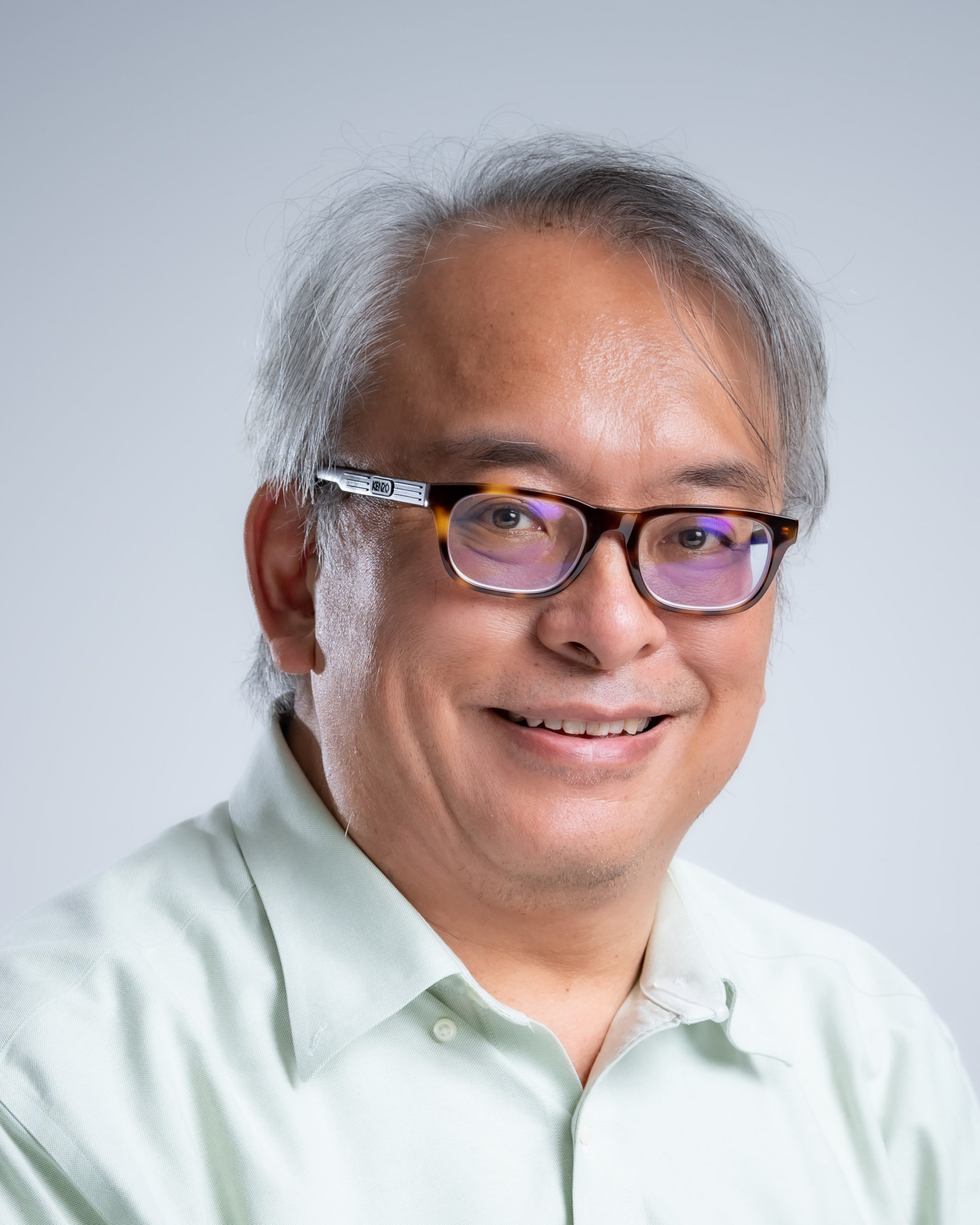
Katsuhiko Ariga National Institute for Materials Science (NIMS), Japan and University of Tokyo, Japan Katsuhiko Ariga received his Ph.D. degree from the Tokyo Institute of Technology in 1990. He joined the National Institute for Materials Science (NIMS) in 2004 and is currently the leader of the Supermolecules Group and senior scientist with special missions of Research Centre for Materials Nanoarchitectonics (MANA), NIMS. He is also appointed as a professor in The University of Tokyo. |
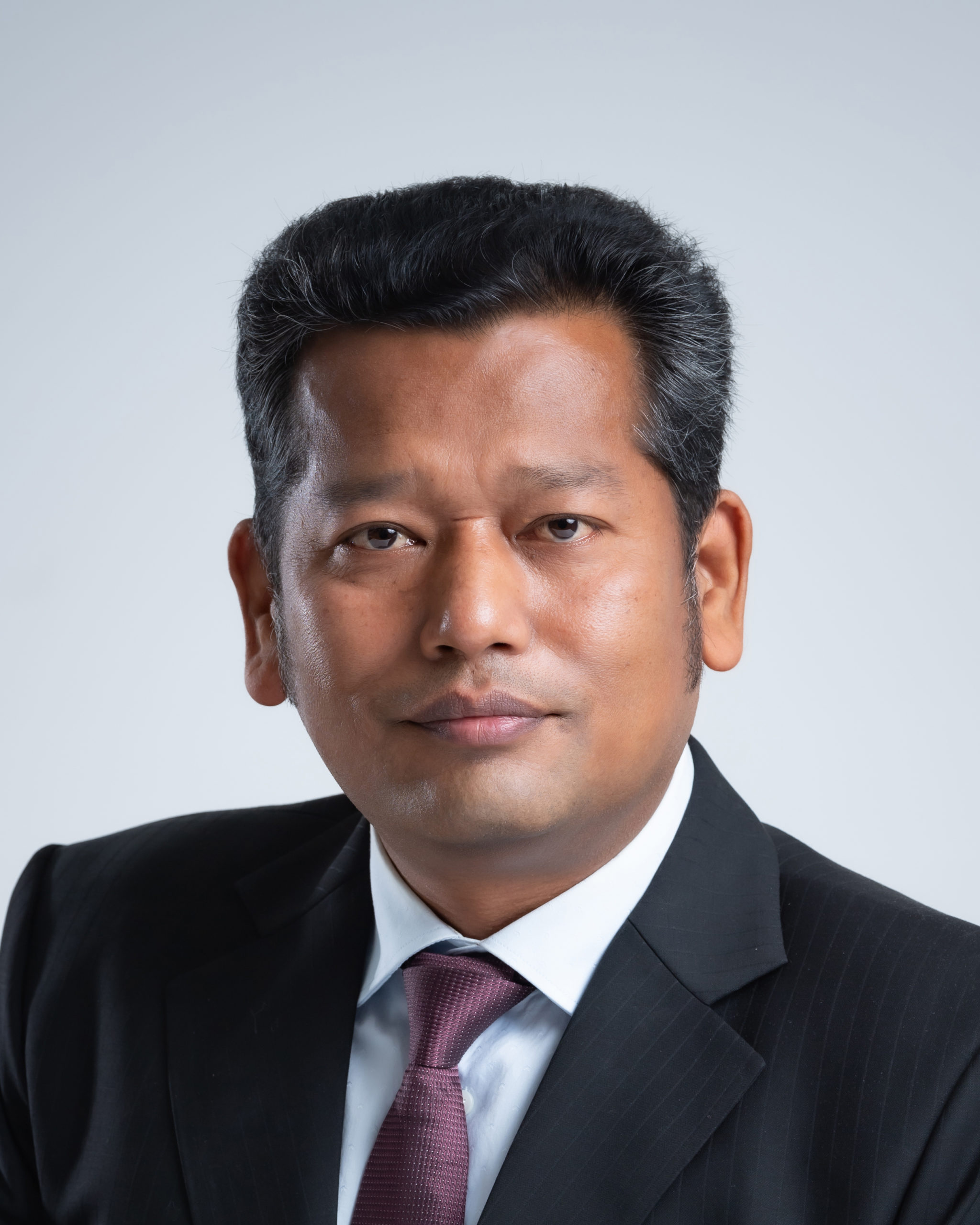 Lok Kumar Shrestha Lok Kumar Shrestha
National Institute for Materials Science (NIMS), Japan and Tsukuba University, Japan Lok Kumar Shrestha received a Ph.D. from Yokohama National University, Japan, in 2008. He joined the National Institute for Materials Science (NIMS) International Center for Young Scientists (ICYS) in April 2010. Currently, he is a Principal Researcher at the Research Centre for Materials Nanoarchitectonics (MANA), NIMS. He has also been appointed a Professor at the University of Tsukuba, Japan. His research interests include supramolecular self-assembly, fullerene nanoarchitectonics, and hierarchical porous carbon materials for energy storage, sensing, and biological applications. |
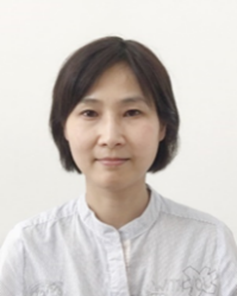 Qingmin Ji Qingmin Ji
Nanjing University of Science and Technology (NJUST), China Qingmin Ji received her PhD degree in chemistry from University of Tsukuba, Japan, in 2005. She then worked in National Institute of Advanced Industrial Science and Technology (AIST) and National Institute for Materials Science (NIMS) in Japan before joining NJUST. Her current research focuses on the design of hybrid functional structures by self-assembly and exploring their advanced applications for sensing and catalysis. |












